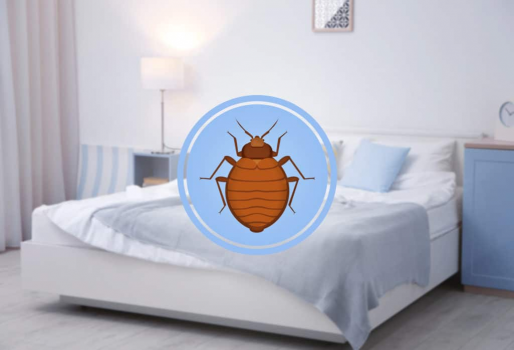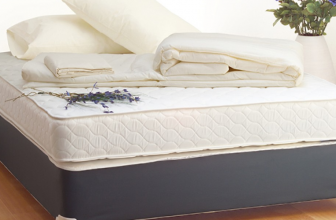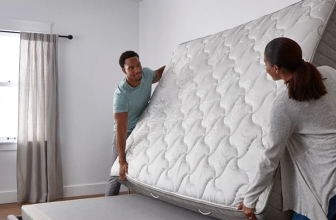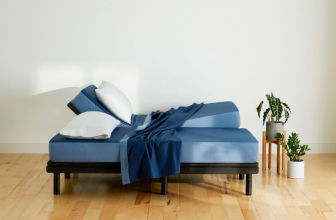Brief: How To Check Mattress For Bed Bugs
- Understanding Bed Bugs:
- Nature of Bed Bugs: Small insects, that thrive in warm temperatures, and feed on human blood.
- Prevention: Limiting their food sources and moving furniture can help prevent infestation.
- Signs of Bed Bug Infestation:
- Excrement Stains: Indicate presence inside the house.
- Exoskeleton Shedding: Signifies growth and infestation.
- Bloodstains: Found in mattress seams or where bitten.
- Common Hiding Places for Bed Bugs:
- Location: Under the mattress and within furniture.
- Steps to Check for Bed Bugs:
- Evidence Check: Look for signs of feeding and nesting on the mattress.
- Inspect Hiding Areas: Inside and under the mattress, and within furniture.
- Check Less Common Areas: Inspect the entire house, including fecal matter near the bed.
- Examine Other Furniture and Carpets: Bed bugs can spread to other parts of the house.
- FAQ:
- Checking Process: Carefully inspect for black spots, eggs, droppings, and shed skins.
- Prevention Measures: Regular vacuuming, cleaning, and using bedbug-proof encasements.
- Handling Infested Mattresses: Attempt removal with a high-powered vacuum before considering disposal.
- Conclusion:
- Bed bug infestations in mattresses require meticulous inspection and prompt action. Identifying signs like excrement stains, exoskeleton shedding, and bloodstains is crucial. Regular cleaning, limiting their food sources, and using protective covers can prevent infestations. Checking the entire home, including other furniture and carpets, is essential to fully address and manage a bed bug problem.
Bed bugs are small, wingless insects that feed on blood. They are a nuisance in most homes but can be dangerous if left untreated for too long. The process of finding a bed bug infestation is known as checking the mattress for bed bugs.
This article will outline the steps involved in checking your mattress for bed bugs and what to look for before calling pest control professionals or getting rid of the furniture entirely.
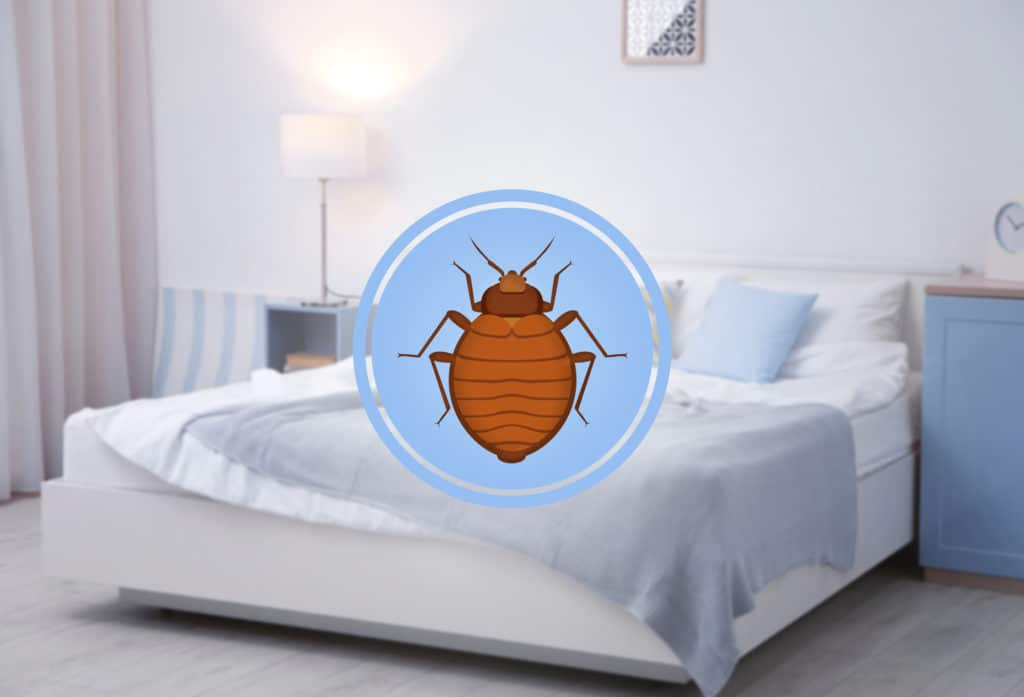
What Are Bed Bugs?
Bed bugs, also known as Cimex lectularius, are small insects that are mostly found in warm and humid areas. They feed on human blood and become a problem in any household due to their risk of spreading disease.

These bugs thrive in an abundance of warm temperatures, so living in a very dry area is an excellent way to prevent bed bugs from becoming an issue for you if you do not have other people or animals to share your space with. They also require feces as food, so temporarily moving your mattress and other furniture away from your bed will help prevent them from getting inside your house.
Signs Of Bed Bugs
Because many things can cause bed bugs to become an issue for a household, the most important part of checking your mattress for bed bugs is knowing what to look for. This article will outline the most common signs that you may have a bed bug infestation.
Excrement Stains
Bed bugs excrete feces from time to time, so when you notice stool appearing on your mattress or other furniture, this is a sign that they are inside of your house. This is the most common sign that you might have bed bugs, but it can also be a sign of other issues if you have pets or toddlers in your home.
Exoskeleton Shedding
Exoskeleton shedding is one of the most distinctive signs that bed bugs are in your mattress and that they are growing. When bed bugs shed their exoskeleton and grow to a larger size, they leave behind their old skin in their feeding or hiding area. This is a telltale sign that you might have an infestation taking place.
Bloodstains
Bed bugs are known for leaving behind blood stains, so when you notice any blood prints or smeared blood around your mattress, this is another telltale sign. Bloodstains can be seen in your mattress’s seams or in the area where you were lying when the bed bugs were biting you. Check for these signs and flecks of blood in your sheets and pillows to confirm an infestation.
Where Do Bed Bugs Hide?
The most common places that bed bugs travel on their victims are under the mattress and within furniture, so knowing where these areas are can help give an idea of where to start looking for a potential infestation.
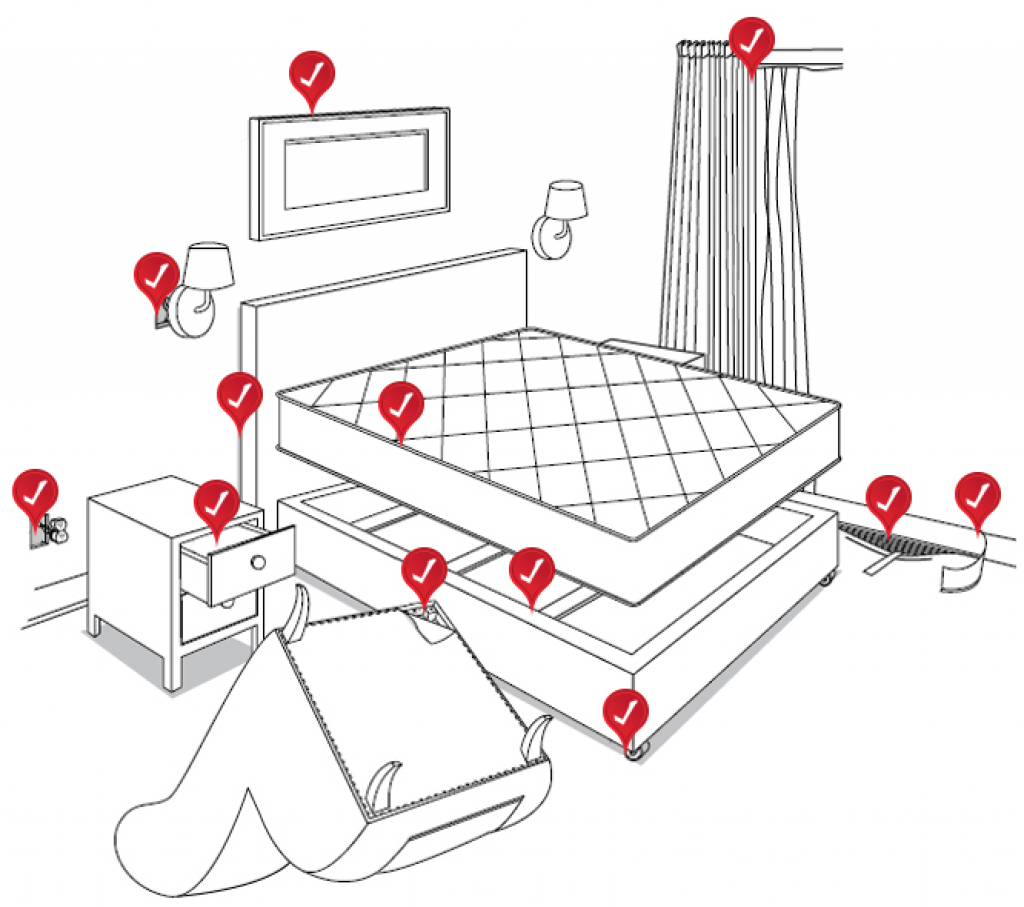
How To Check Mattress For Bed Bugs: 4 Main Steps
If you find that you have bed bugs in your home, knowing how to check the mattress for bed bugs is a great way to confirm the infestation and prevent them from spreading throughout your home. To check the mattress for bed bugs, there are four main steps that you will need to take.
Look For Evidence Of Bed Bugs On Your Mattress
Evidence of bed bugs can be seen on your mattress everywhere that they travel on their host. If you are experiencing intense itching or swelling in one area of your body, this can be a sign that they are nearby as well as a symbol of an infestation already taking place. To check your mattress for bed bugs, look for evidence of feeding and nesting.
Check Common Bed Bug Hiding Areas
The most common hiding areas for bed bugs are inside mattresses, under the mattress, and within the furniture, they travel on. Check all these places for bugs as soon as possible.
Inspect Less Frequented Places
Bed bugs are attracted to living in warm areas where they can easily feed off their host (humans). Because they require feces to survive and lay eggs, if you notice fecal matter on the outside of your mattress or anywhere else near your bed, this should also be an indication that you might have a problem with bed bugs in your house.
If you think you might have bed bugs, it is essential to check your entire home and not just the mattress itself.
Examine Furniture And Carpets As Well
Bed bugs may travel around your home on other furniture or carpets, so it is important to check these areas as well to ensure that they are not spreading into another part of your house or beginning to breed in an area that is difficult to reach or treat with pesticides or physically remove.
FAQ
How Do I Check a Mattress For Bed Bugs?
To check a mattress for bed bugs, it is important to inspect the mattress carefully and look for black spots and clusters of eggs. It is also important to look for bed bug droppings, shed skins, and eggs.
How Can I Prevent Bed Bugs In My Mattress?
To prevent bed bugs in your mattress, it is important to regularly vacuum and clean the mattress, check for any signs of bugs or eggs, and keep the mattress in a dry and well-ventilated area. It is also important to cover the mattress with a bedbug-proof encasement.
Should I Throw Out My Mattress If I Have Bed Bugs?
If you have bed bugs in your mattress, first, you should try to remove them and save your bed. Vacuum both sides of the mattress with a high-powered vacuum cleaner, paying attention to any sewn seams in which bed bugs may be hiding. The vacuum cleaner should suck up any eggs that are stuck in the seams.
You may want to revisit some parts of the article

